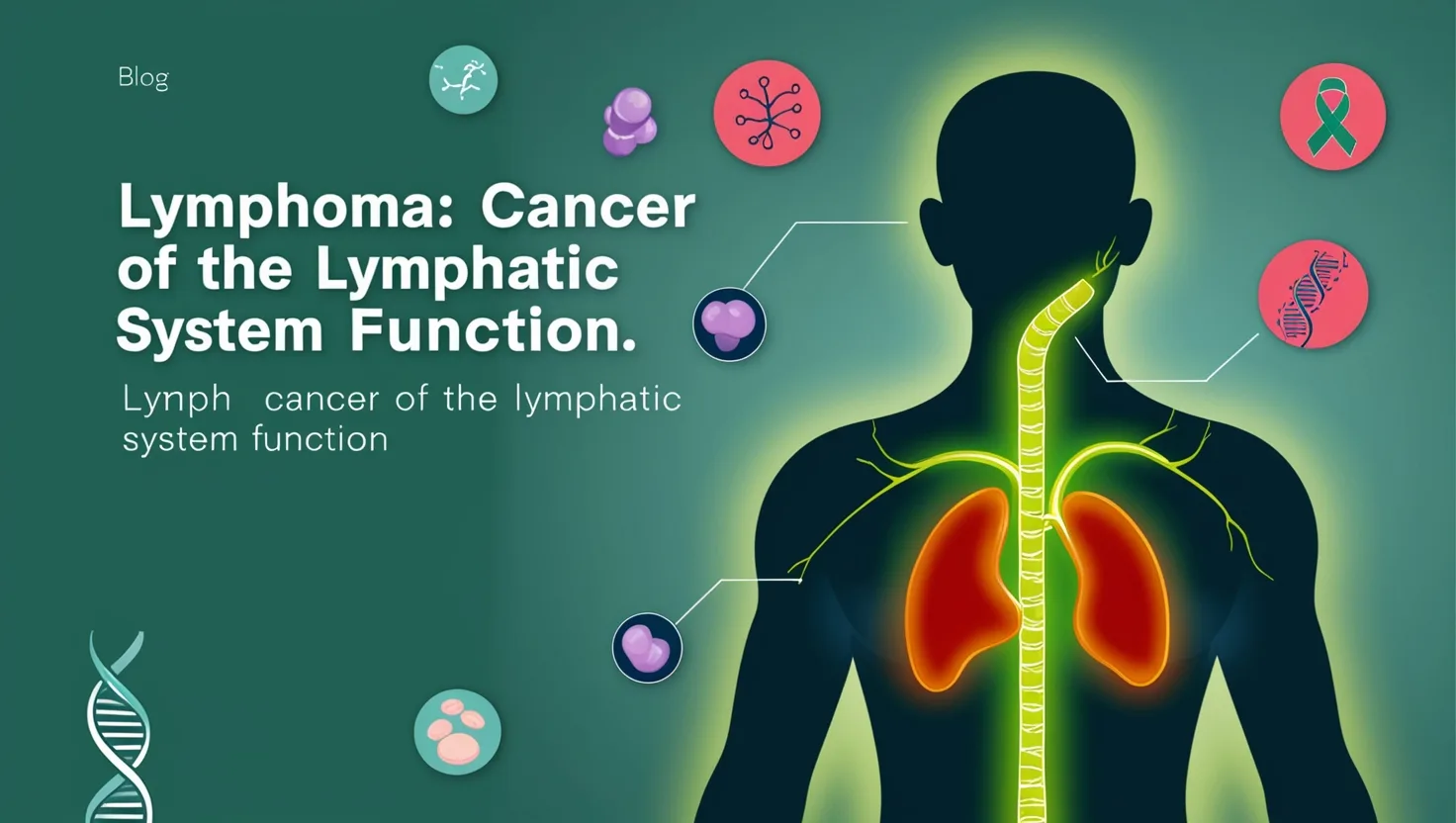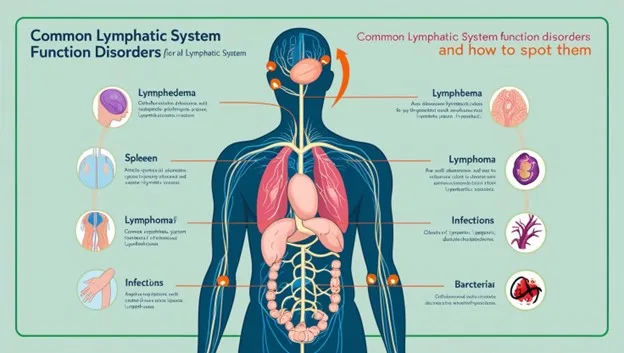Understanding the Lymphatic System Function
Components of the lymphatic system
The lymphatic system function is a complex network of vessels, tissues, and organs that play a crucial role in our body’s health. It consists of lymph nodes, vessels, and lymphoid organs, such as the spleen, thymus, and tonsils. This intricate system works tirelessly to keep us.
The role of lymph in the body
Lymph, a clear, colorless fluid, is the unsung hero of our body’s defense mechanism. It circulates throughout our body, collecting excess fluid, waste products, and harmful substances from our tissues. This process is essential for maintaining fluid balance and removing toxins from our system. Without proper lymph circulation, our bodies would struggle to function efficiently.
How the lymphatic system function supports immune function
The lymphatic system function is a key player in our immune defense. It acts as a highway for white blood cells, allowing them to travel throughout the body and fight off infections. Lymph nodes, strategically placed along this highway, filter out harmful substances and produce antibodies to combat pathogens. This remarkable system is our body’s first line of defense against illness and disease.
Lymphedema: When Fluid Retention Becomes a Problem
Primary vs. secondary lymphedema
Lymphedema occurs when the lymphatic system function fails to drain fluid properly, leading to swelling in various parts of the body. Primary lymphedema is a rare, inherited condition, while secondary lymphedema is more common and often results from damage to the lymphatic system due to surgery, radiation therapy, or injury. Understanding the difference between these two types can help in early detection and appropriate treatment.
Recognizing lymphedema symptoms
Early signs of lymphedema in lymphatic system function include swelling in the arms, legs, or other body parts, a feeling of heaviness or tightness in the affected area, and difficulty moving the affected limb. The skin may also become thicker or harder over time. If you notice any of these symptoms, especially after cancer treatment or surgery, it’s crucial to consult your healthcare provider regularly.
Treatment options and management strategies
While there’s no cure for lymphedema, various treatments can help manage symptoms and improve quality of life. These include manual lymph drainage, compression garments, exercise, and skincare. In some cases, surgical interventions may be recommended. Early intervention is key to preventing complications and maintaining a good quality of life.
Lymphadenitis: Inflammation of the Lymph Nodes
Causes of lymphadenitis
Lymphadenitis occurs when lymph nodes become inflamed, usually due to an infection. Common causes include bacterial or viral infections, such as strep throat or mononucleosis. In rare cases, it can be a sign of more serious conditions like cancer or autoimmune disorders. Understanding the potential causes can help you determine when to seek medical attention.
Identifying swollen lymph nodes
Swollen lymph nodes often feel like small, tender lumps under the skin. They’re commonly found in the neck, armpits, and groin area. While occasional swelling is normal and often harmless, persistent or painful swelling should be evaluated by a healthcare professional. Pay attention to any changes in size, texture, or sensitivity of your lymph nodes.
Diagnosis and treatment approaches
Diagnosing lymphadenitis typically involves a physical examination and a medical history review. Additional tests like blood work, imaging studies, or biopsies may be necessary in some cases. Treatment usually addresses the underlying cause, which may involve antibiotics for bacterial infections or supportive care for viral infections. In more complex cases, specialized treatments may be required.
Lymphoma: Cancer of the Lymphatic System Function

Types of lymphoma: Hodgkin’s and Non-Hodgkin’s
Lymphoma is a type of cancer that affects the lymphatic system function. There are two main types: Hodgkin’s lymphoma and non-Hodgkin’s lymphoma. While both types involve abnormal growth of lymphocytes (a type of white blood cell), they differ in their behavior and treatment approaches. Understanding these differences can help in early detection and proper treatment.
Early warning signs and symptoms
Early symptoms of lymphoma can be subtle and often mimic other conditions. Common signs include unexplained weight loss, persistent fatigue, night sweats, and painless swelling of lymph nodes. If you experience these symptoms persistently, it’s important to consult your doctor. Early detection can significantly improve treatment outcomes.
Diagnostic procedures and treatment modalities
Diagnosing lymphoma typically involves a combination of physical exams, blood tests, imaging studies, and biopsies. Treatment options vary depending on the type and stage of lymphoma but may include chemotherapy, radiation therapy, immunotherapy, or stem cell transplantation. The choice of treatment is individualized based on various factors, and a multidisciplinary approach is often used for the best outcomes.
Castleman Disease: A Rare Lymphatic Disorder
Understanding the different types of Castleman disease
Castleman disease is a rare disorder that causes abnormal growth of cells in lymph nodes. There are two main types: unicentric (affecting a single lymph node region) and multicentric (affecting multiple regions). Each type has distinct characteristics and treatment approaches. Awareness of this rare condition can lead to earlier diagnosis and better management.
Recognizing symptoms and complications
Symptoms of Castleman disease can vary widely, from mild discomfort to severe systemic effects. Common signs include lymph node enlargement, fever, night sweats, and fatigue. In more severe cases, it can lead to organ dysfunction and an increased risk of lymphoma. Recognizing these symptoms and seeking prompt medical attention is crucial for managing this complex disorder.
Current treatment options and ongoing research
Treatment for Castleman disease depends on the type and severity of the condition. Options may include surgery, radiation therapy, chemotherapy, or targeted therapies. Ongoing research is exploring new treatment approaches, including immunotherapies and targeted molecular treatments. Staying informed about these advancements can provide hope and new options for those affected by this rare disorder in lymphatic system function.
Lymphangiomatous: Abnormal Growth of Lymphatic Vessels
Causes and risk factors
Lymphangiomatous is a rare condition characterized by the abnormal growth of lymphatic vessels in the lymphatic system function. While the exact cause is unknown, it’s believed to be a developmental disorder that occurs before birth. There are no known risk factors, making prevention challenging. Understanding this condition can help in early recognition and management of symptoms.
Symptoms and potential complications
Symptoms of lymphangiomatous in lymphatic system function can vary depending on which parts of the body are affected. Common signs include swelling, pain, and difficulty breathing if the lungs are involved. Complications can be serious, including fluid accumulation in the chest or abdomen, and bone deformities.
Diagnostic methods and treatment approaches
In the lymphatic system function, diagnosing lymphangiomatous often requires a combination of imaging studies, such as MRI or CT scans, and tissue biopsies. Treatment is typically aimed at managing symptoms and preventing complications. This may include medications, surgical interventions, or sclerotherapy. In some cases, a multidisciplinary approach involving various specialists is necessary for comprehensive care.
Summary
Understanding lymphatic system function disorders is crucial for early detection and proper management. From common conditions like lymphedema to rare diseases like Castleman disease, being aware of the symptoms and available treatments can make a significant difference in patient outcomes. Regular check-ups and proper attention to unusual symptoms are key to maintaining a healthy lymphatic system. You can also seek some natural treatment on eHomeo Store.
Frequently Asked Questions (FAQs):
How can I maintain a healthy lymphatic system function?
Maintaining a healthy lymphatic system involves regular exercise, staying hydrated, eating a balanced diet rich in fruits and vegetables, and managing stress. Gentle massage and dry brushing can also help stimulate lymph flow. Remember, a healthy lifestyle contributes to a healthy lymphatic system function.
Are lymphatic disorders hereditary?
Some lymphatic disorders, like primary lymphedema, can have a genetic component. However, many lymphatic issues are acquired due to factors like injury, infection, or cancer treatments. If you have a family history of lymphatic disorders, discuss this with your healthcare provider for appropriate screening and preventive measures.
Can lifestyle changes help manage lymphatic disorders?
Yes, lifestyle changes can significantly impact the management of lymphatic disorders. Maintaining a healthy weight, regular exercise, proper skin care, and avoiding tight clothing can all help manage conditions like lymphedema. However, these changes should be made in conjunction with medical treatment and under the guidance of a healthcare professional.
When should I consult a doctor about potential lymphatic issues?
You should consult a doctor if you notice persistent swelling in any part of your body, unexplained fatigue, recurrent infections, or enlarged lymph nodes that don’t subside. Early detection and treatment of lymphatic issues can prevent complications and improve outcomes.
What are the latest advancements in lymphatic disorder treatments?
Recent advancements in lymphatic disorder treatments include new surgical techniques for lymphedema, targeted therapies for lymphomas, and innovative imaging methods for better diagnosis. Immunotherapies and gene therapies are also showing promise in treating various lymphatic disorders. Staying informed about these advancements can provide new hope and options for those affected by lymphatic system disorders.

